Schaechter’s Mechanisms of Microbial Disease 6th Edition Test Bank
Nursing Test Bank
-Schaechter’s Mechanisms of Microbial Disease 6th Edition Test Bank is a comprehensive educational resource designed to complement the textbook, which provides detailed insights into the microbiological mechanisms behind infectious diseases. The test bank is intended to aid students in understanding and applying concepts related to microbial pathogenesis, diagnostics, and treatment strategies.
1 Establishment of Infection
2 The Normal Microbiota
3 Biology of Infectious Agents
4 Genetic Approaches to Studying Bacterial Pathogenesis
5 Biological Basis for Antibacterial Action
6 Innate Immunity
7 Adaptive Immunity
8 The Parasite’s Way of Life
9 Damage by Microbial Toxins
PART II: INFECTIOUS AGENTS
10 Introduction to the Pathogenic Bacteria
11 Staphylococci: Abscesses and Toxin-Mediated Diseases
12 Streptococci and Enterococci: “Strep Throat” and Beyond
13 Pneumococcus and Bacterial Pneumonia
14 Neisseriae: Gonococcus and Meningococcus
15 Bacteroides and Abscesses
16 Enteric Bacteria: Secretory Diarrhea
17 Invasive and Tissue-Damaging Enteric Bacterial Pathogens: Bloody Diarrhea and Dysentery
18 Pseudomonas aeruginosa: A Ubiquitous Opportunist
19 Bordetella and Whooping Cough
20 Clostridia: Diarrheal Disease, Tissue Infection, Botulism, and Tetanus
21 Legionella: Parasite of Amoebae and Macrophages
22 Helicobacter pylori: Persistent With a Potential for Menace
23 Mycobacteria: Tuberculosis and Leprosy
24 Syphilis: The Great Imitator
25 Borrelia burgdorferi and Lyme Disease
26 Bartonella Infections: Catscratch Disease, Bacillary Angiomatosis, and Other Diseases
27 Chlamydiae: Genital, Ocular, and Respiratory Pathogens
28 Rocky Mountain Spotted Fever and Other Rickettsioses
29 Mycoplasma: Curiosity and Pathogen
30 Strategies to Combat Bacterial Infections
31 Biology of Viruses
32 Viral Infections and Exanthems of Early Childhood
33 Influenza and Its Viruses
34 Rhinoviruses, Adenoviruses, Coronaviruses: The Common Cold and Beyond
35 Viral Agents of the GI Tract
36 Viral Hepatitis
37 Rabies
38 Arthropod-Borne Viruses
39 Human Papillomaviruses and Warts
40 Alphaherpesviruses: Herpes Simplex Viruses and Varicella-Zoster Virus
41 Beta- and Gammaherpesviruses: Cytomegalovirus and Epstein-Barr Virus
42 The Human Retroviruses: AIDS and Other Diseases
43 Antiviral Treatment Strategies
44 Vaccines and Antisera for the Prevention and Treatment of Infectious Diseases
45 Introduction to the Fungi and Mycoses
46 Endemic Mycoses
47 Opportunistic Fungal Infections
48 Subcutaneous, Cutaneous, and Superficial Mycoses
49 Antifungal Agents
50 Introduction to Parasitology
51 Blood and Tissue Protozoa
52 Intestinal and Vaginal Protozoa
53 Intestinal Helminths
54 Tissue and Blood Helminths
55 Prion Diseases
56 Surveillance for and Response to the Emergence of Threatening Pathogens
PART III: PATHOPHYSIOLOGY OF INFECTIOUS DISEASES
57 Diagnostic Principles
58 Principles of Epidemiology
59 Digestive System Infections
60 Infections of the Central Nervous System
61 Respiratory System Infections
62 Urinary Tract Infections
63 Infections of the Skin and Soft Tissue
64 Infections of the Bones, Joints, and Muscles
65 Sepsis
66 Intravascular Infection
67 Head and Neck Infections
68 Sexually Transmitted Diseases
69 Infections of the Immunocompromised Patient
70 Acquired Immunodeficiency Syndrome
71 Congenital and Perinatal Infections
72 Zoonoses
73 Fever: A Clinical Sign of Infection
74 Health Care–Associated Infections
75 Foodborne Diseases

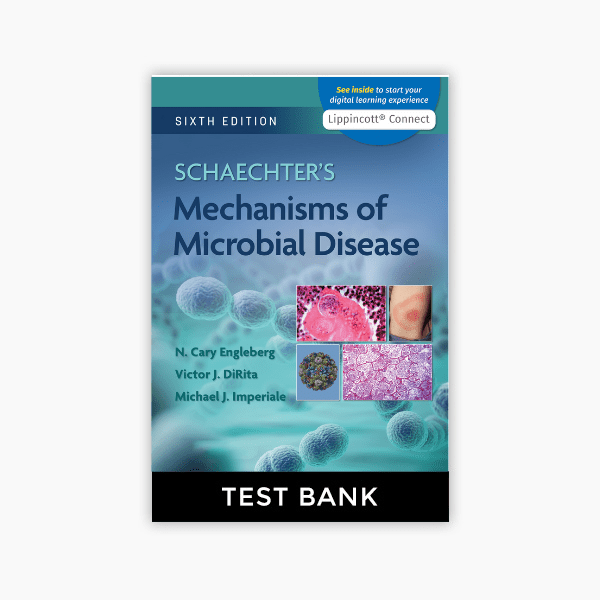




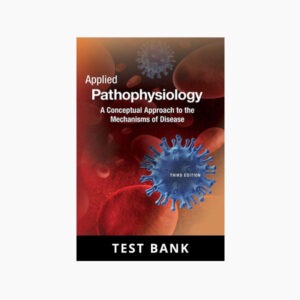
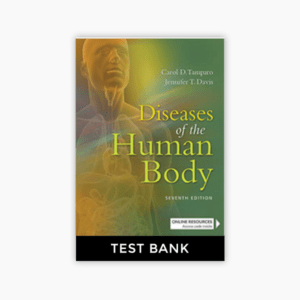
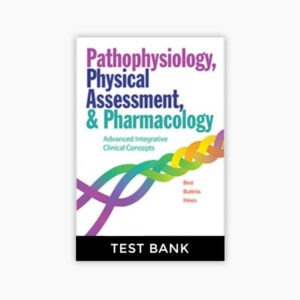
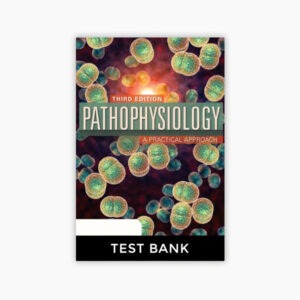

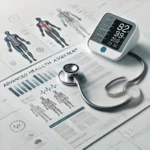
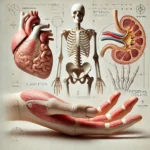

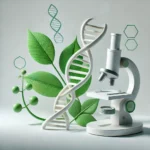


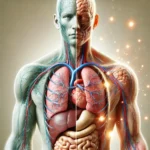


Reviews
There are no reviews yet.